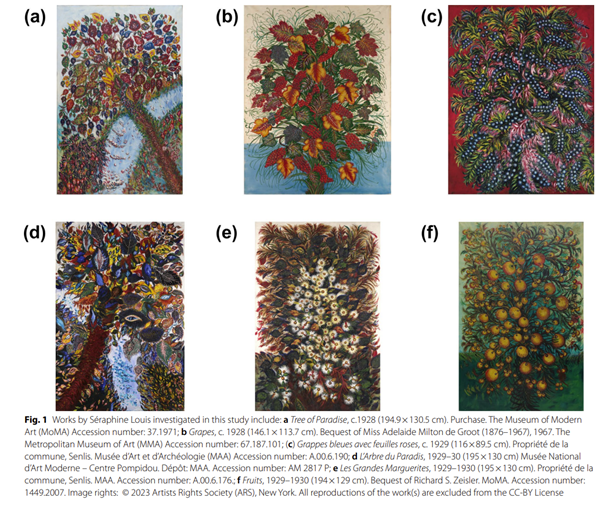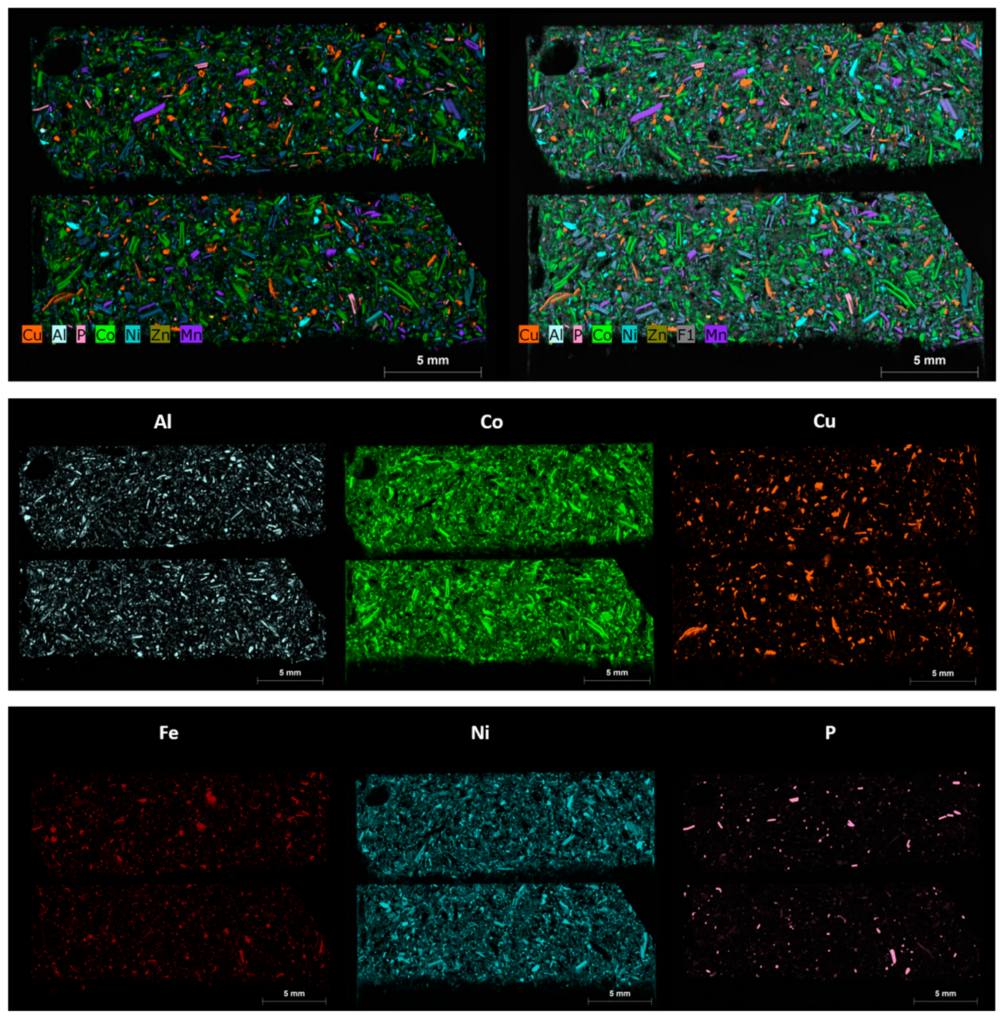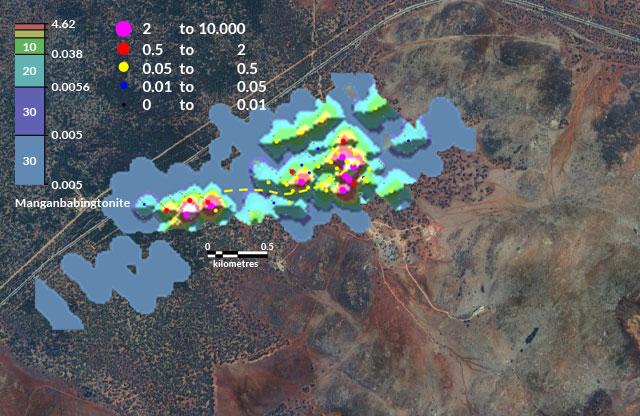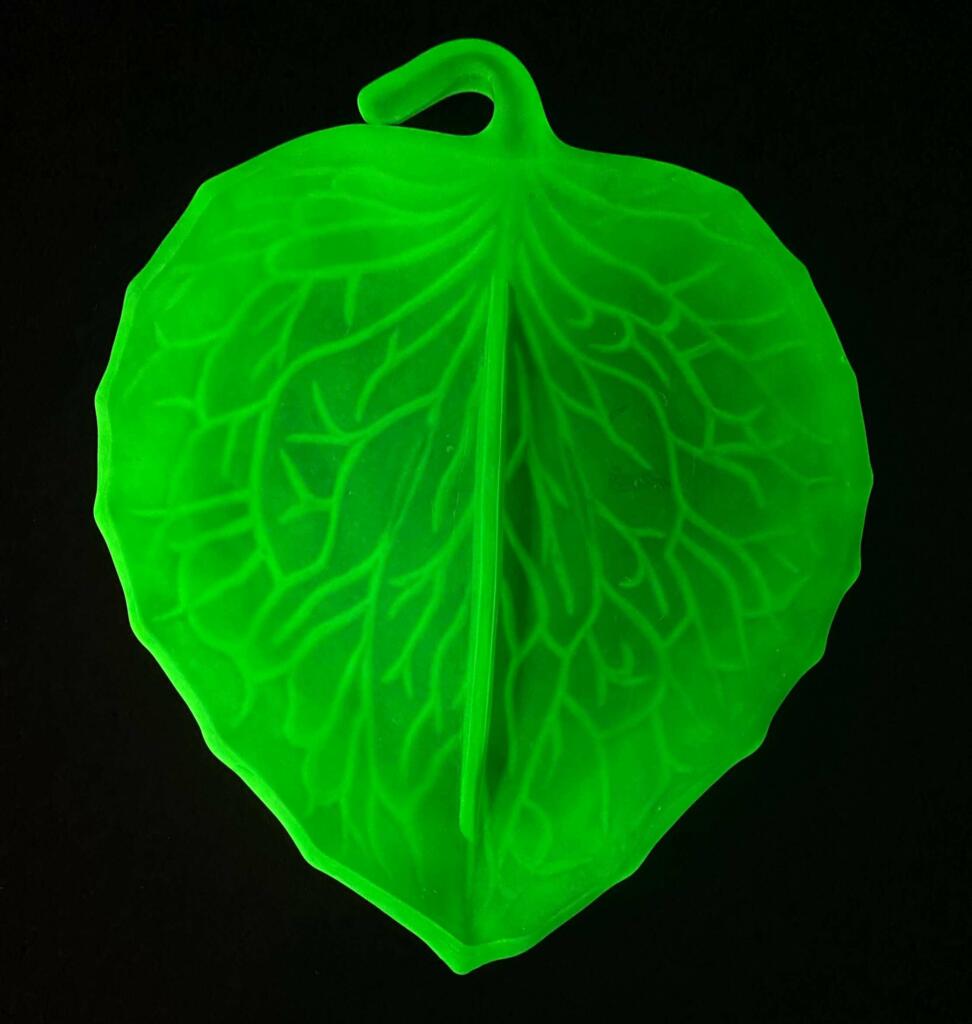
Findings of an ongoing regional evaluation study over concealed Proterozoic lithologies known to host magmatic nickel sulphides with potential to host other base-metal, gold and rare earth elements (“REE”) systems within the Fraser Range, Western Australia.

Findings of an ongoing regional evaluation study over concealed Proterozoic lithologies known to host magmatic nickel sulphides with potential to host other base-metal, gold and rare earth elements (“REE”) systems within the Fraser Range, Western Australia.

Findings of an ongoing regional evaluation study over concealed Proterozoic lithologies known to host magmatic nickel sulphides with potential to host other base-metal, gold and rare earth elements (“REE”) systems within the Fraser Range, Western Australia.

Findings of an ongoing regional evaluation study over concealed Proterozoic lithologies known to host magmatic nickel sulphides with potential to host other base-metal, gold and rare earth elements (“REE”) systems within the Fraser Range, Western Australia.

Findings of an ongoing regional evaluation study over concealed Proterozoic lithologies known to host magmatic nickel sulphides with potential to host other base-metal, gold and rare earth elements (“REE”) systems within the Fraser Range, Western Australia.

Findings of an ongoing regional evaluation study over concealed Proterozoic lithologies known to host magmatic nickel sulphides with potential to host other base-metal, gold and rare earth elements (“REE”) systems within the Fraser Range, Western Australia.

Demand for Rare Earth Elements (REE) continues to increase as the globe migrates to renewable energy. Exploration for REE have significantly increased over the last 18 months to meet this increasing demand. In order to match this demand for REE exploration, Portable Spectral Services (PSS) has developed a REE Index for use on portable-XRF instruments, providing […]

One of the most beloved Christmas desserts has long been the Christmas pudding. A dense, brandy and fruit-laden cake, whose origins date back to 14th century England. In the earliest versions of the pudding, a dried pea would be baked into the cake, a treasure that would supposedly bring good luck to whoever found it […]

To delve into a deeper understanding of uranium glass, such as its elemental makeup, micro-XRF is the perfect technique for measurement. Providing visualisation at a high-spatial resolution up to 4µm, combined with its output data, the micro-XRF conducts in-depth non-destructive elemental analysis. Background As antiques go, uranium glass is one of the most unique […]

Download our HMC Brochure Australia is the home to the world’s largest heavy mineral deposits containing titanium, zircon, and rare earth elements as well as heavy mineral concentrates (HMC) extracted from surficial sediments in alluvial, fluvial, glacial and wind environments. Early-stage exploration and processing of heavy minerals utilises techniques such as gravity and magnetic separation […]

Over the course of Australian history the coins used in circulation have changed multiple times from hole-punched Spanish coins to Dutch guilders, English pennies and now the Australian Dollar. One of the issues we have faced during these transitions is when the material value of the coin outweighs its value as a currency. What is […]

Portable Spectral Services (PSS) are getting into the Christmas spirit as we scan a pair of vintage Australian postage stamps dated from 1973 using micro-XRF. Figure 1. 1973 Australian Christmas stamps, designed by George Hamori. a) The baptism of Christ with the words “This is My Beloved Son”, b) The Good Shepherd with the words […]














